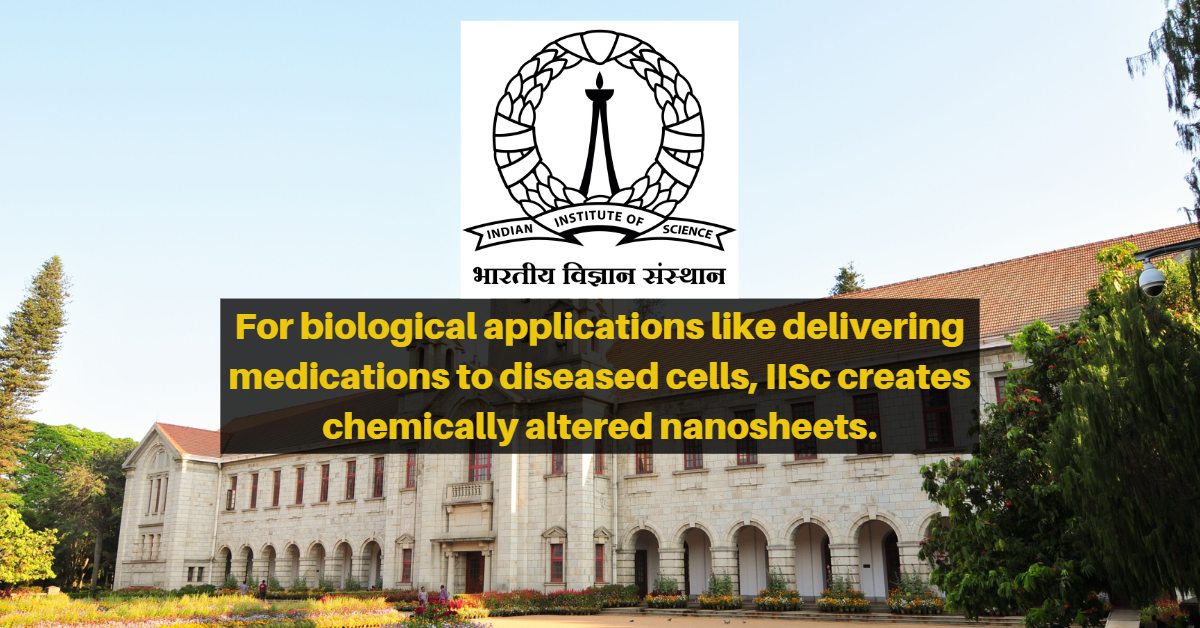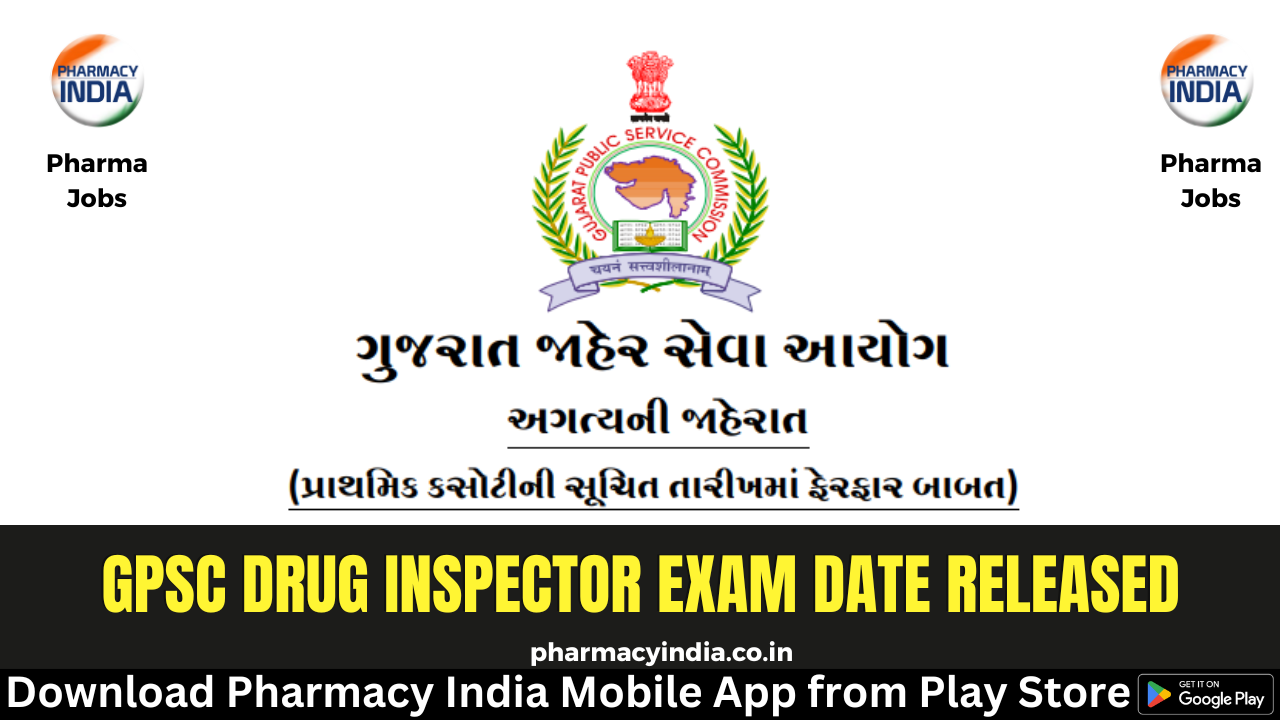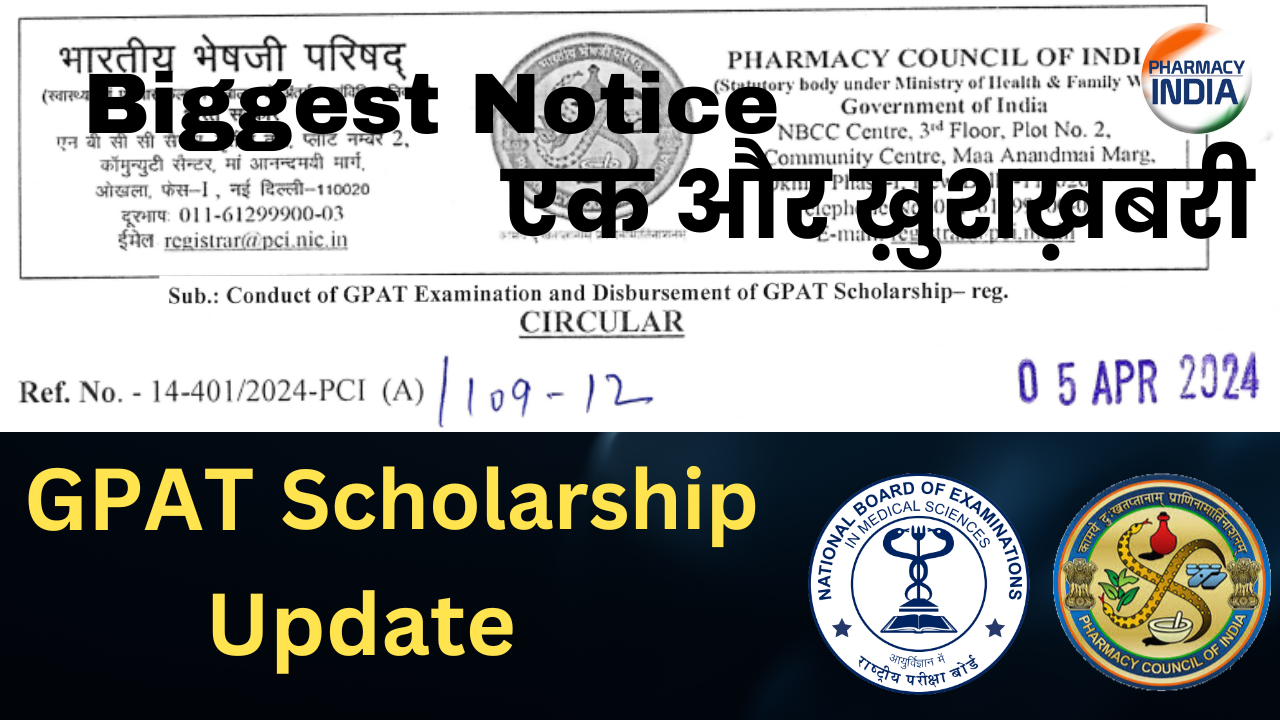Researchers from the Department of Organic Chemistry (DOC) and the Materials Research Center (MRC) at the Indian Institute of Science (IISc) have demonstrated that surface modifications of two-dimensional molybdenum disulphide (2D-MoS) nanosheets can greatly increase their effectiveness for uses like delivering drugs to diseased cells. Depending on the application, nanomaterials typically need to be customised or modified to increase their effectiveness. Functionalization, a method of chemically modifying nanomaterials, entails binding ligands (small or big molecules) to the surface of the nanomaterial.
In the latest research, thiol (sulfur-containing) ligands were used to modify the surface of 2D-MoS2 nanosheets. They discovered that these thiols can be altered for thiols that are present naturally in biological systems, which would enable the release of medications connected to these nanosheets. Also, it was discovered that using these chemically altered nanosheets inside living cells was safe. Our research demonstrates the efficiency of thiol exchange on 2D-MoS nanosheets and the stability of the nanomaterial in the presence of different biomolecules. This is a crucial finding since it makes the nanomaterial ideal for biomedical uses like medication administration, says Mrinmoy De, associate professor at the department of organic chemistry and study’s lead author. The research was published in ACS Nano.
The scientists initially modified the surface of the 2D-MoS nanosheets with a fluorescent thiol called boron-dipyrromethene (BOD-SH) to produce a functionalized version (BOD-MoS2). Then, using glutathione (GSH), a naturally occurring thiol that is present in large quantities in cancer cells, they examined the feasibility of thiol-to-thiol exchange on BOD-MoS. Using fluorescent methods, scientists discovered that GSH molecules switched places with BOD-SH molecules on the surface of the nanosheet.
The scientists discovered that thiol exchange may also take place between GSH and an anti-cancer medication called doxorubicin (DOX), allowing DOX to be dropped off at the sick spot. Drugs like DOX can be administered selectively to cancer cells without disrupting normal cells, which can also potentially lessen any adverse effects. The exchange only occurs in the presence of high amounts of GSH seen in sick cells. The researchers claim that prior attempts have concentrated on employing gold nanoparticles for such biomedical applications, but these nanoparticles are expensive and have a limited effectiveness because they are non-selective for monothiols and disulphides.
Our research demonstrates that 2D-MoS nanosheets can successfully replace gold nanoparticles and have significant advantages in the field of nanomedicine. It was discovered that the MoS nanosheets were stable in the presence of biofluids. They may also be more effective because they have a larger surface area than gold nanoparticles, according to Pradipta Behera, the study’s first author and a postdoctoral research fellow at IISc. Going forward, the team intends to focus on enhancing the nanomaterial’s durability in the presence of other thiol-containing liquids and investigating different methods of surface modification to tailor the nanosheets for different uses. Behera continued, “Our research on 2D-MoS nanosheets can be developed in the future as an alternative to RNA and DNA delivery applications, which can be helpful for identifying and treating infections like Covid-19.






